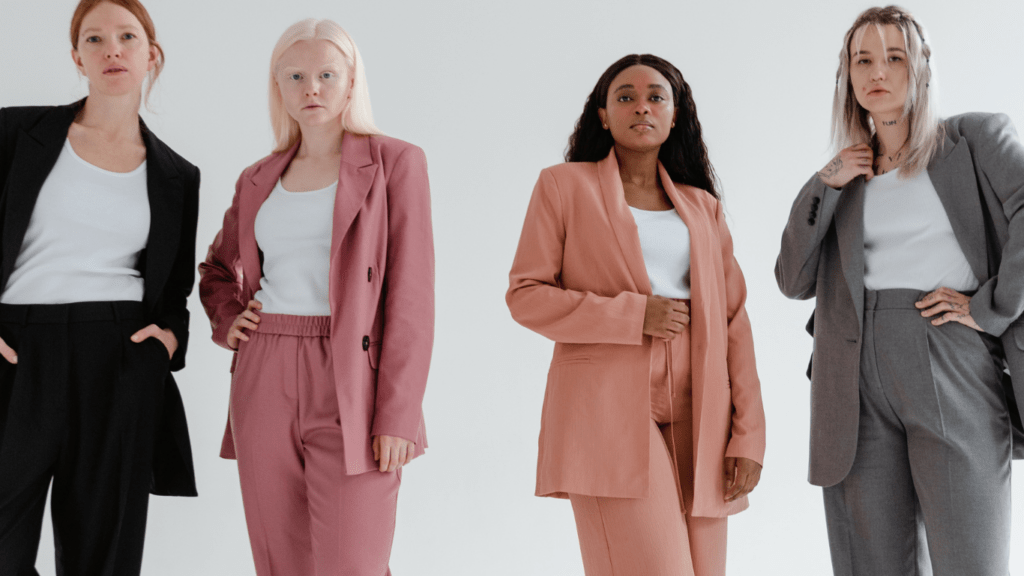Breaking the Old Guard
Not long ago, a handful of legacy fashion houses set the tone for what everyone wore. Their runways dictated the seasons, their logos symbolized status. But today, that top down influence is cracking. Streetwear brands, once on the outskirts, now set the pace. They move faster, tap deeper into culture, and don’t wait around for Fashion Week to make a statement.
The shift isn’t just aesthetic it’s structural. Indie labels, often launched from bedrooms or small studios, are calling the shots. Their releases, or “drops,” generate more anticipation than traditional campaigns. Hype builds through community, scarcity, and storytelling not glossy magazine spreads.
Creators on Instagram, TikTok, and Discord channels have become the new gatekeepers. They don’t just reflect style they shape it. In 2024, being ahead of fashion means watching what’s bubbling from the streets up, not waiting for Paris or Milan to tell you what’s cool.
This is no longer a trend. It’s a takeover.
Influence Meets Accessibility
Streetwear didn’t start in studios or ateliers. It came from sidewalks an extension of skate culture, hip hop, and the energy of youth led protest movements. Built by communities, not corporations, it was always about real people signaling identity, not following trends. It pushed back against the idea that fashion had to be polished, expensive, or exclusive to matter.
That anti elitist origin still drives its momentum. What we’re seeing now is streetwear taking up space alongside luxury without adopting its gatekeeping. Democratic branding is key here. Brands aren’t selling just clothes; they’re inviting people into a story, a feel, a stance. Anyone can buy in but only if they get it. That insider/outsider tension fuels engagement more than price tags ever did.
And while it has mass appeal, this isn’t mass production. Limited drops, community previews, collabs with independent designers these are deliberate choices. Scarcity creates excitement, but it also makes each piece feel personal. Forget volume; it’s vision that travels. Streetwear isn’t trying to be everything for everyone. It’s built to speak clearly, and speak loud, to the few who are actually listening.
Collaborations Rewriting the Rulebook

When Louis Vuitton teamed up with Supreme in 2017, it didn’t just raise eyebrows it sent shockwaves through fashion. That collab wasn’t just about logos crossing paths. It marked the exact moment old luxury got cozy with raw street energy. Suddenly, things that didn’t belong together tailored monograms and skate stickers became the hottest look in town.
Since then, the lines have only blurred more. Brands like Dior, Gucci, and Balenciaga aren’t just flirting with streetwear anymore they’ve moved in together. Luxury now borrows openly from hoodies, kicks, patches, and prints that once sat solidly outside the velvet rope. The idea of ‘high fashion’ is no longer untouchable. It’s collaborative, loud, and fast moving.
At the center of all this: artist designer mashups. Musicians with label deals, Instagram painters working with global fashion houses, digital artists shaping runway visuals. These aren’t one off stunts anymore. They’re part of a new design language a mash of highbrow and everyday, polished and raw.
Bottom line: collabs have moved from novelty to necessity. If you’re not blending disciplines and bending rules, you’re already behind.
Redefining Luxury
Luxury fashion is no longer defined solely by exclusivity and price tags. With the rise of streetwear, a new set of values has emerged centered around authenticity, cultural resonance, and wearability.
A Shift in Values
Streetwear has flipped the script on traditional luxury. Today’s consumers especially younger ones are looking for brands that align with their identity rather than just social status.
Authenticity is the new gold standard. Consumers want real stories, not manufactured prestige.
Cultural relevance trumps legacy. Brands that speak to current issues and youth culture dominate the conversation.
Comfort and utility are no longer trade offs they’re expectations, even at the high end.
The Rise of Resale Culture
Platforms like StockX and GOAT have legitimized what was once considered a fringe market. Now, resale not only measures demand it helps set the value of a product.
Hype, rarity, and cultural weight drive prices higher than traditional retail.
Buyers use resale platforms as market indexes to gauge what’s truly premium.
Luxury fashion has entered the investment conversation, with sneakers and hoodies treated like assets.
What “Premium” Means Now
The definition of luxury has expanded beyond craftsmanship and scarcity. In the streetwear era, premium means:
Cult following over couture label
Emotion and context over exclusivity and polish
Design that invites wear, not keeps it on a pedestal
High fashion is no longer a gated community. Streetwear has opened the doors and rewritten the rules.
Explore more streetwear fashion trends
The New Influencers
The streetwear scene isn’t being steered by fashion execs anymore it’s being driven by Gen Z with smartphones and sharp instincts. On TikTok and Instagram, trend cycles are shorter, louder, and more grassroots. One well timed GRWM, a thrifted fit check, or a viral DIY hack is enough to launch a whole wave. These creators aren’t just wearing the culture they’re building it in real time, one post at a time.
Forget traditional fashion resumes. Today’s rising designers often skip design school and go straight to cult status. They’re launching micro labels off personal style, digital storytelling, and community hustle. Their power comes not from prestige, but from authenticity. If their drop looks real and hits the right nerve it sells.
Alongside them, collectives are quietly turning offline scenes into online movements. You’ll see it in niche style crews, zines turned brands, or even art pods with limited capsule runs. These groups might not score Vogue covers, but they own the corner of the internet where their style matters most. That’s influence now: tight, cultural, and self made.
Where It’s Headed
Streetwear isn’t just rubbing shoulders with high fashion anymore it’s getting stitched into its seams. What used to be a fringe influence has moved center stage in couture design studios. Oversized silhouettes, technical fabrics, and logo forward aesthetics are finding their way into pieces that hang next to hand embellished gowns. The shift isn’t subtle. It’s deliberate and lasting.
Runway shows now lead with elevated casualwear. Think tailored track pants, deconstructed hoodies, and sneakers with price tags that rival handbags. The lines are gone. Even labels known for sharp tailoring are giving space to relaxed fits, inspired more by street corners than salons in Paris.
At the core of all this? Storytelling. Designers aren’t fighting for exclusivity they’re fighting for meaning. Behind every drop, there’s a narrative. Behind every look, a thread of cultural reference. It’s less about who gets to wear it, more about why they wear it. Luxury, in this new world, is defined by connection, not price.


 Luxury Travel & Lifestyle Contributor
Rose Boucher brings her love for glamorous travel destinations and luxury living to Glam World Walk. As a lifestyle writer, Rose captures the essence of exotic locations and exclusive experiences, offering readers a taste of the world’s most luxurious getaways. Her expertise in finding hidden gems, coupled with a deep understanding of fashion and culture, adds a unique flair to the site’s content, making her a trusted voice for those seeking elegance in every adventure.
Luxury Travel & Lifestyle Contributor
Rose Boucher brings her love for glamorous travel destinations and luxury living to Glam World Walk. As a lifestyle writer, Rose captures the essence of exotic locations and exclusive experiences, offering readers a taste of the world’s most luxurious getaways. Her expertise in finding hidden gems, coupled with a deep understanding of fashion and culture, adds a unique flair to the site’s content, making her a trusted voice for those seeking elegance in every adventure.
